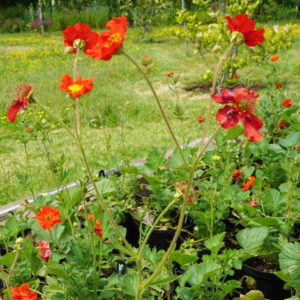English Bluebells ‘Hyacinthoides Non Scripta’ (Bag of 25 bulbs)
English Bluebells or Hyacinthoides non-scripta is a native wildflower found in our woodlands. However, it can be used as a garden plant
-
AppearanceEnglish bluebells have deep violet-blue flowers with curled back petals, and narrow, green leaves. They can grow up to 16 in (40 cm) tall.
-
HabitatEnglish bluebells are often found in ancient woodlands, along hedgerows, and in fields. They prefer dappled shade and semi-open canopies.
-
ConservationEnglish bluebells are protected in the UK under the Wildlife and Countryside Act, 1981. It’s illegal to intentionally pick, uproot, or destroy them.
-
GrowingEnglish bluebells are easy to grow in gardens and can add a splash of color in April and May. They are a good choice for shady spots and can spread quickly.
-
CareAfter the bluebells have flowered, leave the foliage to die back and avoid mowing the grass. If you don’t want the bluebells to spread, you can remove faded flower spikes.
-
Difference from Spanish bluebellsSpanish bluebells are larger than English bluebells and have lighter blue flowers. They are also unscented, while English bluebells have a sweet scent.
It is known in English as the common bluebell or simply bluebell, a name which is used in Scotland to refer to the harebell, Campanula rotundifolia
£25.00




